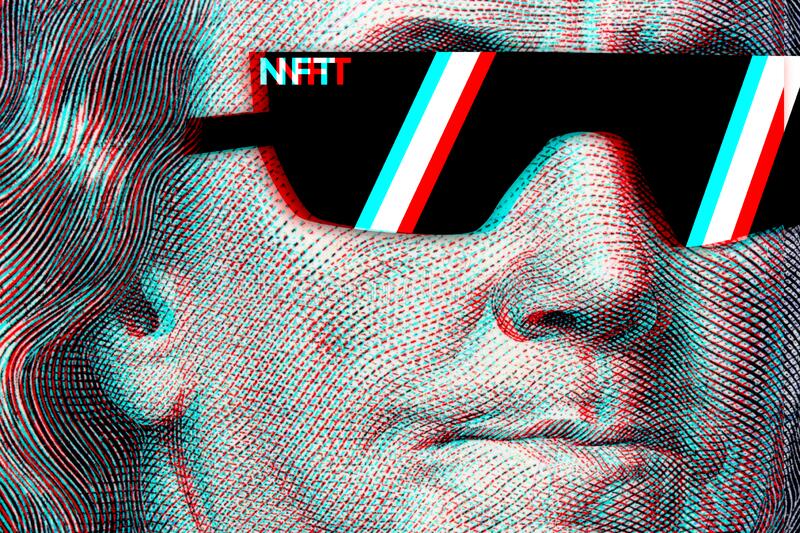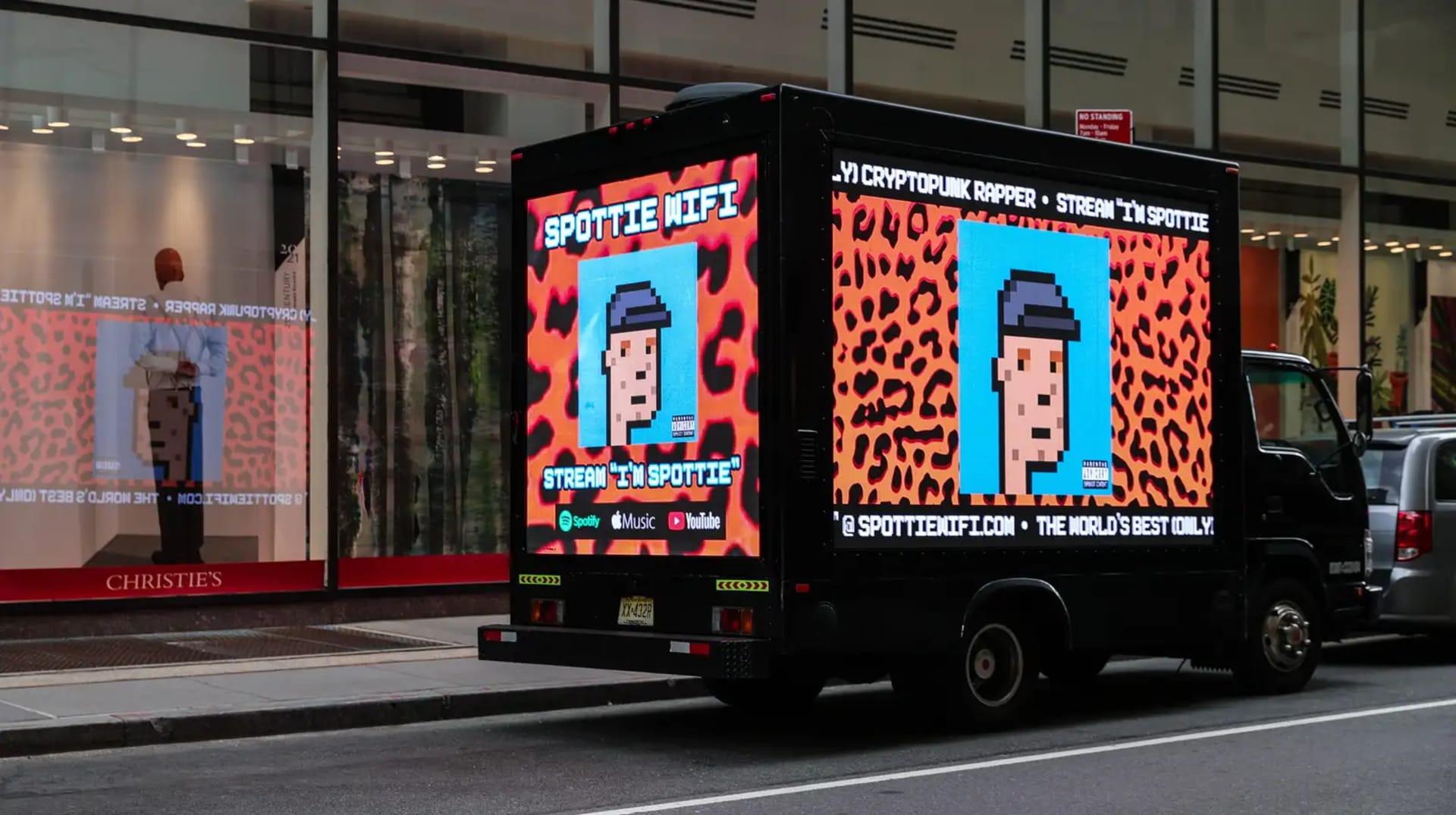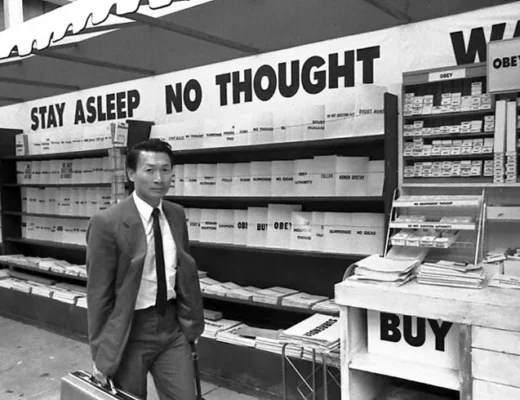In 2021 and 2022, there was ample speculation about NFTs defining the future of the music industry. Following the Crypto crash in 2022, after many of the staple coins hit record highs, confidence in crypto plummeted further than its value. However, industry insiders remain adamant that crypto isn’t dead yet. Despite 72% of institutional traders giving crypto a wide berth in 2023.
For music NFTs to come back with a bang, the branding issues, amplified by the crash, that surround them need to be addressed before NFT technology can take off in any way. Let alone a big one.
Many still see NFTs as a Ponzi scheme. While others can’t move beyond the misconception that they are just over-priced, worthless, and replicable digital images. Furthermore, those who take an active interest in crypto and NFTS are instantly dismissed as crypto bros. Keeping the tradition of scepticism around emerging technology alive.
Despite the many benefits and innovations that the web3 world can bring about in the industry, there will always be uninformed music fans ridiculing the premise of it. It is so much easier to dismiss it with a salty laugh-react on Facebook rather than spend the time to get to grips with it before forming an informed opinion.
What is a Music NFT?
In the simplest terms, music NFTs are a way of tokenizing collectable music files on the open market.
Generally, music NFTs fall into two distinct categories:
- Ownership-based NFTs tied to intellectual property rights and royalties. Which allow owners of the NFTs to accrue revenue produced by Web2 streaming platforms, including Apple Music and Spotify.
- Patronage-based NFTs, which do not share ownership rights with holders, but can be held to support artists’ careers.
NFT Innovations Needed to Bring them Into the Mainstream
When Music NFTs and NFTs, in general, took off in 2021, they were exciting, but they were far from perfect, which mostly boils down to marketing, their utility, and the insane and inaccessible for many costs.
For example, NFTs became a promising way of providing access to events or exclusive perks, such as the entire back catalogue of an artist’s music and unreleased music. However, it was impractical for many to get involved with blockchain technology to purchase NFTS and gain benefits.
Confoundingly, many NFT peddlers attached four or five-figure price tags to the jpegs. That is without mentioning how the musicians willing to adopt them were torn asunder for attempting to market them on social media. Undoubtedly, many artists saw the sarcastic massacres and vowed to never put themselves in that position. We can’t blame them.
Going forward, NFT creators need to ensure the cost needs to be justified by the utility. For this to happen, the whole cost around the technology needs to be lowered before it becomes mass-adopted and part of daily life. High starting points have always been part of the course for all new technology. For example, in the two years following the introduction of DVD players in 1997, they dropped $200 in value from their original $500 price tag. Now, you can pick one up for peanuts.
How Music NFTs are Helping Independent Artists to Monetize Their Careers
The music industry would be almost utopic if royalties reflected the work put in and major record labels didn’t have a massive monopoly over it and sought to control every aspect of an artist’s career. Artists who are completely happy with the state of the industry in 2023 are practically unicorns. Something needs to change. And no matter how much people want to revert to the way things are, they need to take their rose-tinted glasses off and realise that the 70s – 90s weren’t so ideal for the majority of the artists. The independent artists trying to get a break in the industry were simply invisible to the mainstream population.
In the oversaturated creative space, building a dedicated fanbase while managing everything else, including writing, recording, touring, marketing, and merchandising, requires an almost Herculean amount of effort.
NFTs entered the industry as a refreshing way for fans to directly support artists while simultaneously adding brand-new sustainability to their income streams. For the artists willing to adopt the technology, it was a lifeline after the COVID-19 pandemic evaporated income via more traditional means. Prior to the 2020 lockdown, touring was up there as the number one revenue stream for many artists. Even in 2023, the appetite for live music lacks its bite after music fans readjusted without music and can’t seem to make it fit in the same way it used to. For many, heading out to live shows is an extra piece in a jigsaw that just doesn’t have a place.

The Indian hip-hop artist, Jay Kila, was one of the many artists willing to take a shot on NFT technology after realising that an NFT sale worth $300 could take ten years to accrue on streaming royalties alone. In 2021, Spotify boasted how it paid $7 billion to artists. More cloak and dagger was the fact that most of that cash went into the pockets of record labels and never reached the artists.
In an era when even music venues are taking a cut from artists’ merch sales when they are out on tour, it is about time that artists were able to get paid their dues without someone else profiting off the back of them.
Kila claims that NFTs emerged as a last line of hope for independent artists looking for a way to directly generate income. Its ability to take money away from the corporate middlemen and disrupt the music industry, which has kept the cats fat and the artists starving, is another reason why the mainstream industry is determined to keep the technology within the minority. Record label execs used to be at the forefront of pioneering music technology. As blockchain technology won’t serve to keep them elitist rich, they are sitting on the sidelines for this one.
Despite the power of the major record labels, it has always been the music fans that fuel the careers of musicians. As NFTs can help to build and maintain those relationships, artists can’t continue to overlook the technology as a means to a more profitable end.
Article by Amelia Vandergast





No Comments